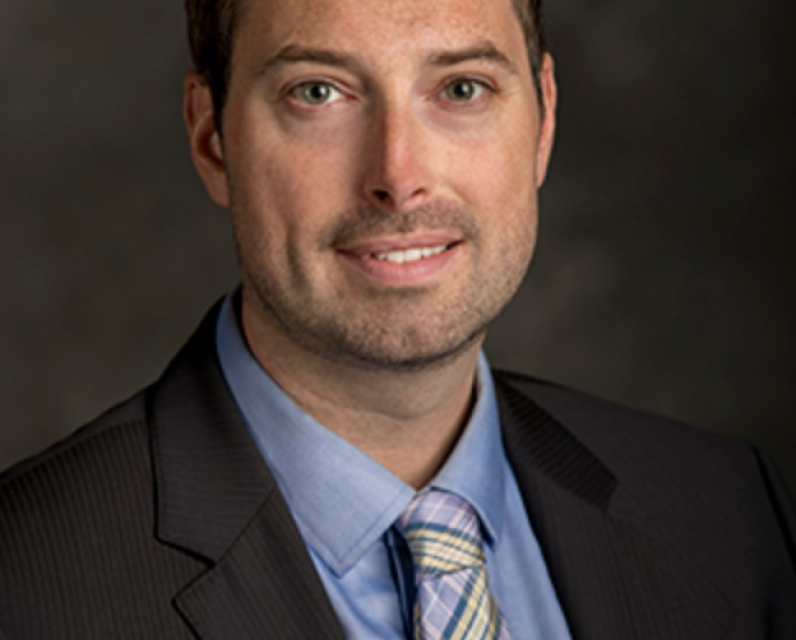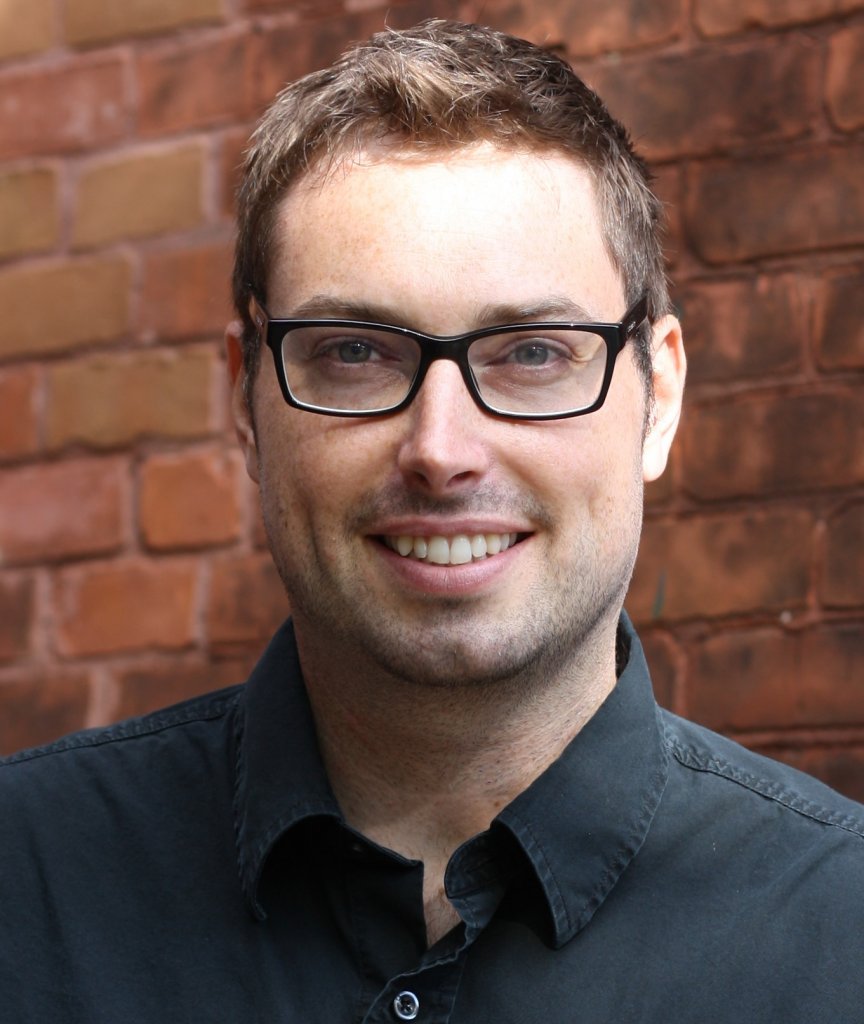Unpublished Opinions
Shawn is a passionate civic organizer, currently serving as the Public School Board Trustee for Capital Ward with a track record of voting against school closures and keeping neighbourhood schools accessible. He is currently the city councilor for Capital Ward (Ward 17).
He was born and raised in Ottawa and has lived in Old Ottawa East and Old Ottawa South with his partner and young son.
Shawn is an ardent progressive who has always brought people together and formed broad based coalitions to improve the lives of people in Ottawa.
We Need to Hold the Line on the Urban Boundary

The decision on expanding the urban boundary is the biggest decision city council will make this term. It will shape our future, impact our city services and reveal if we’re actually serious about tackling climate change.
The urban boundary is a line drawn on the outer rural and suburban areas which sets limits on development lands which are serviced by infrastructure like sewers, roads, water and public transit. Essentially, it sets the limit for sprawl.
Last week, a joint committee voted to expand our urban boundary. This week, all of city council will have their say, and it looks like they are poised to make the wrong decision, unless council finds the courage to stand up and say no.
The decision will let residents know whether this city is putting the powerful financial interests of the development industry ahead of the well-being of individual residents, in what would be the largest boundary expansion in modern Ottawa history.
If you feel I’m being too dramatic, take a look at the biggest projects Ottawa has ever approved. The largest sources of debt this city has incurred come from flawed Public-Private-Partnership (P3) deals. In the building of the LRT, we took a huge risk and transferred billions to profit companies that have shown themselves incapable of building a functioning LRT—or even meeting the bare requirements of our transit system.
The third largest city debt on our books was the Lansdowne Deal, also a P3. Though it has lots of potential, it will never deliver the profits we were promised only a few years ago. We must stop making these mistakes.
Expansion of the urban boundary would be a similar story. Of the over 100 delegations we heard at the committee, nearly every single person who spoke in favour of expansion had a large financial incentive to do so, development companies and their consultants aligning with arguments that can be repeated until there is no boundary left in Ottawa.
We are sometimes told that “growth pays for growth”. It’s a favourite mantra of many at the city, but it’s simply untrue. The development charges imposed on new developments cover up-front costs, but not operational expenses for infrastructure, which continue to accrue for well over 50 years. These costs will be passed on to residents, using public funds to subsidize private profit. When the City of Edmonton conducted its own analysis of a similar growth pattern, the price tag after accounting for revenues and expenses came in at $1.4 billion.
Development industry lobbyists have argued that suburban expansion will increase housing affordability. There is no basis for this claim. One might call it wishful thinking if it wasn’t so nakedly opportunistic. City staff have confirmed this, however they raise the prospect of a problem of supply, if we are unable to meet intensification goals in the city. They argue that it could be too ambitious and that the industry may not be ready to provide ground-oriented units on the scale required to prevent expansion.
Of course, hundreds of other cities around the world have chosen to intensify, and have also provided the industry blue prints for us to use.
Not only will the next generation struggle with the financial impacts of sprawl, they’ll be paying the environmental costs, too.
Holding the line on the urban boundary would result in 1137ktCO2 of emissions reductions compared to the balanced scenario. To put that amount in context, that’s the same carbon reduction that would come from a deep energy retrofit of every municipal building or fully electrifying the transit fleet, to the tune of over $800 million. With ambitious climate targets, it makes sense to take every ‘free’ emission reduction we can get.
There are other unpaid, essential functions being performed by the green spaces outside the boundary that we won’t be able to get back. Permeable soils filter water and guard against flood, while open fields and forests provide habitat for native species. Though you may have heard to the contrary, the current expansion proposal will not prevent development on all prime agricultural parcels. Under the present direction, it means some land that’s currently being farmed will be bulldozed to build subdivisions.
As our population grows, we will certainly need new homes for people. Developer lobbyists recently paid firms to show what holding the line could look like with more towering high-rises. To claim that the only way the city can make room for more people in the current urban boundary is by building monolithic towers everywhere is either unimaginative, or intellectually dishonest.
We have the space within our current boundary. We will have zoning bylaws which are updated and then they should be respected. And we have innovation of development in other cities. Just look at Montreal or the many others around the world that have accomplished this.
Write your councillor. Tell them to Hold the Line on the urban boundary.



Comments
Be the first to comment